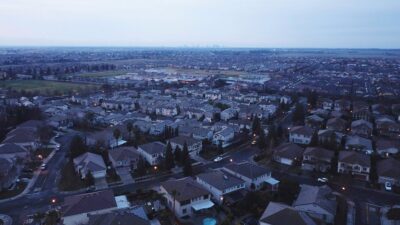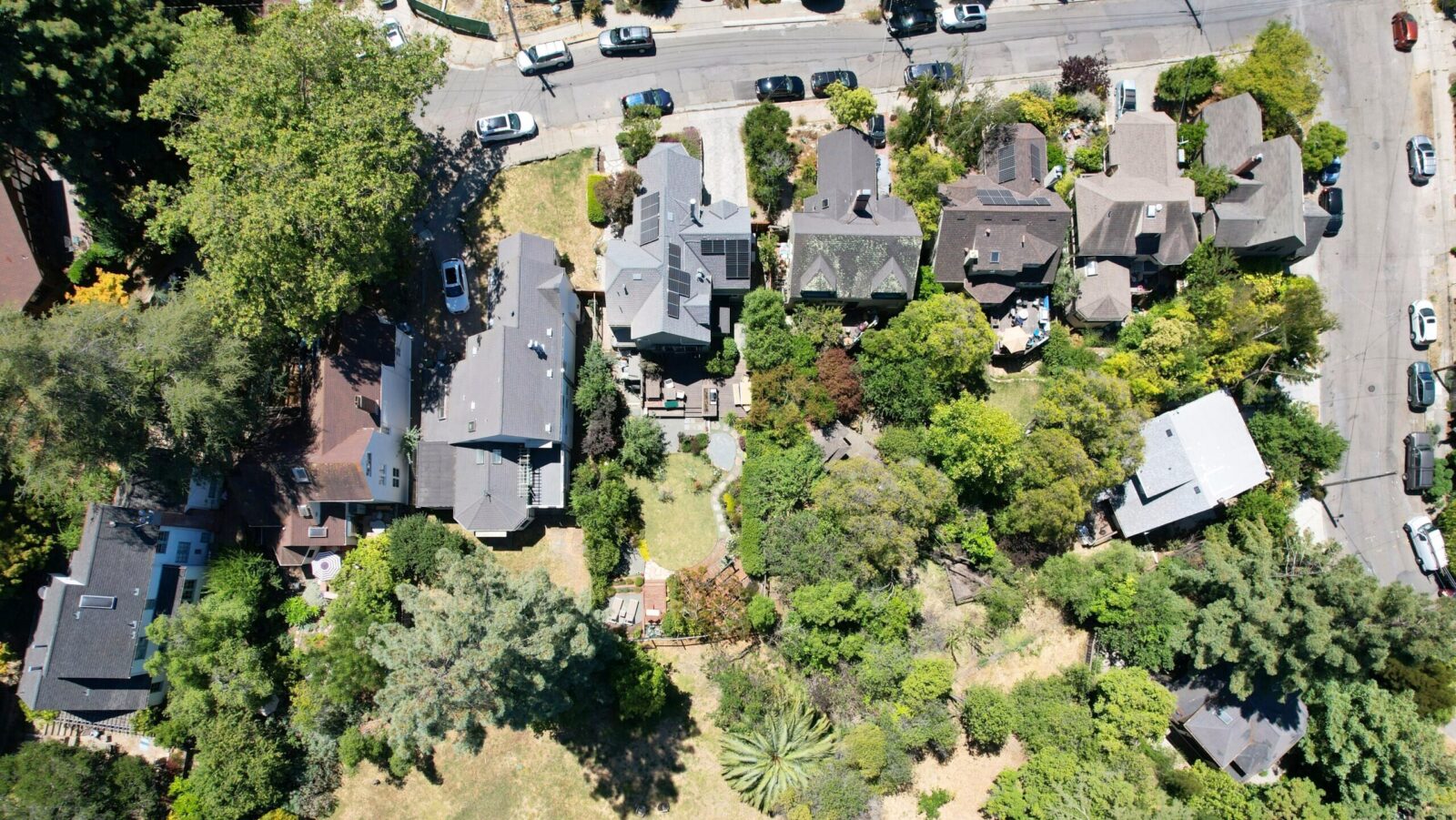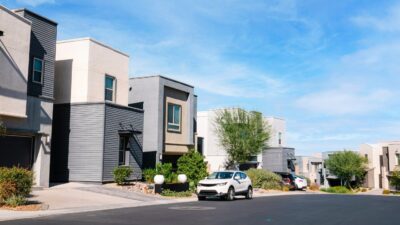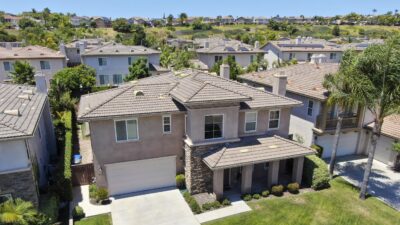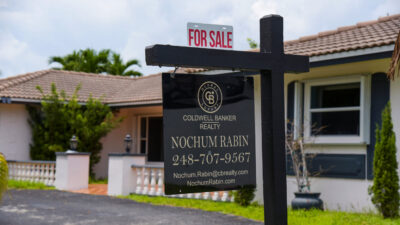Sun Belt Housing Market too Hot to Touch for First-Time Buyers
Aided by falling mortgage rates and a relative glut of supply, home buyers are starting to see the market tip in their favor in the Midwest.
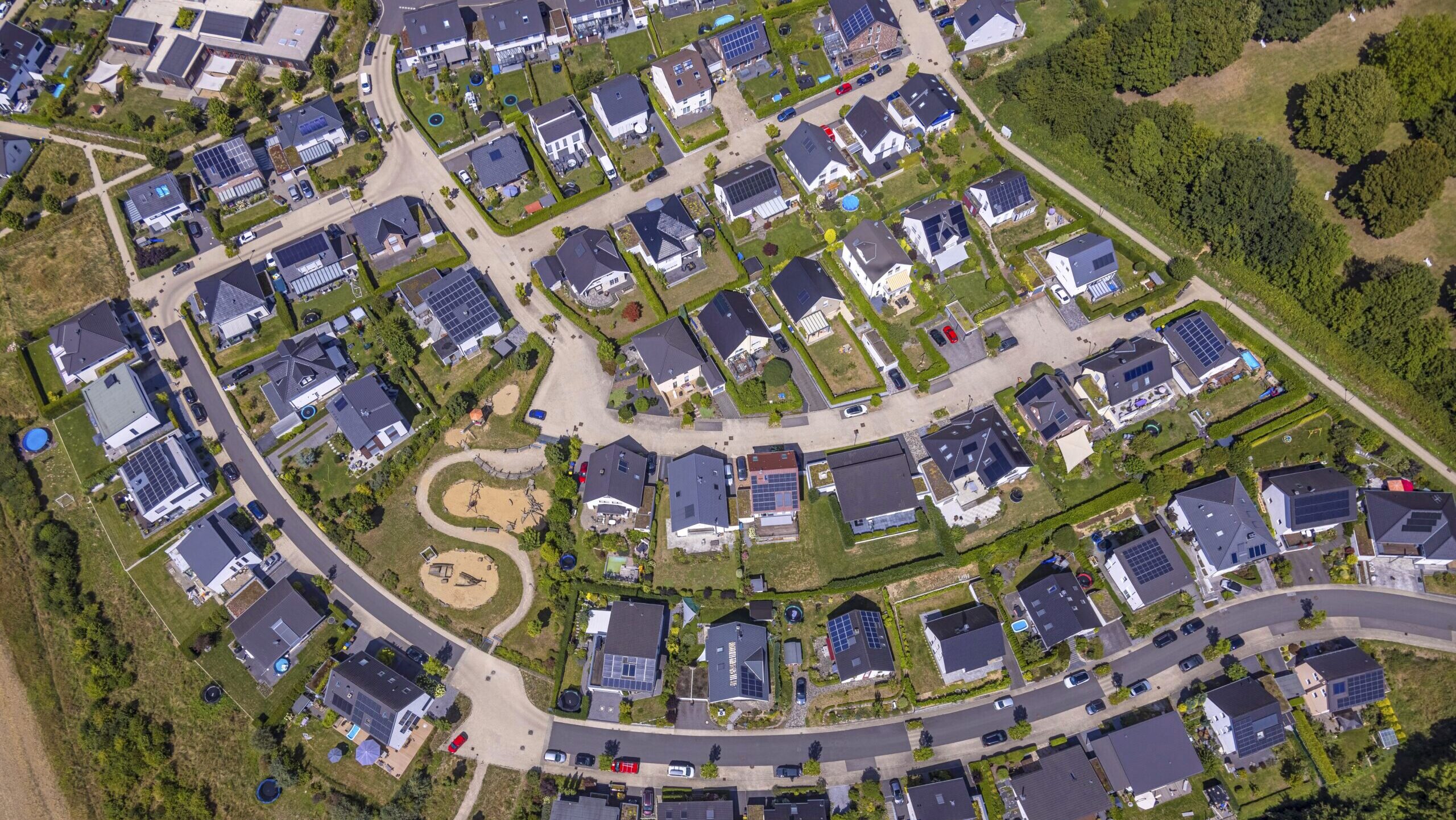
Sign up for smart news, insights, and analysis on the biggest financial stories of the day.
For prospective homeowners, things look darkest in the areas where the sun shines the most.
In the latest Existing Home Sales report from the National Association of Realtors (NAR), published Thursday, one thing is increasingly clear: There are two Americas. One, in the Midwest and Northeast, where the housing market is bad for buyers but may be improving slightly. And another in the Sun Belt, where the housing market remains downright dismal.
Midwest Coast, Best Coast
Aided by falling mortgage rates and a (relative) glut of supply, home buyers are starting to see the market truly tip in their favor in the Midwest and Northeast. Existing home sales increased 2.1% year-over-year in the former, while jumping 4.3% in the latter, per the NAR. In the South, sales climbed just 2.8% from the same period in 2024, and in the West, they dropped 2.6%.
“The Sun Belt, which saw massive inflows and a subsequent price boom during 2020–2022 while gorging on cheap money, is slowly working through its indigestion,” John Walkup, co-founder of real estate data analytics company UrbanDig, told The Daily Upside.
Meanwhile, inventory is slowly crawling back toward historical norms. But millennials shouldn’t get too excited just yet:
- Total housing inventory stood at 1.52 million units in October, according to NAR, up nearly 11% year-over-year. That’s good for about 4.4 months of supply, an increase from 4.1 months in the same period a year ago.
- Still, that figure typically hovered around 5 to 6 months in prior years, Walkup told The Daily Upside. It might not ease quickly anytime soon: Home builder sentiment has remained firmly negative this month, according to a National Association of Home Builders (NAHB) report released earlier this week, as economic uncertainty dampens overall demand.
Tipping Point? “It’s important to keep expectations grounded in the broader context of today’s housing market. Even though the data shows a modest year-over-year increase, I would view it as a cautiously optimistic signal rather than a definitive turning point,” Dr. Selma Hepp, chief economist at mortgage data analytics firm Cotality, told The Daily Upside.
For buyers, that broader context is more than a little daunting: Home prices have soared 55% since the start of the pandemic, per NAHB, while the median age of first-time homebuyers in the US is now 40, up from 31 a decade ago. According to a policy proposal earlier this week from the Center for American Progress, the US needs to close a housing gap of 2 million units to level the market. The cost of the think tank’s proposal? Just $95 billion — or only a smidge higher than a 4-bed, 2.5-bath two-story Spanish Revival in Pasadena.



